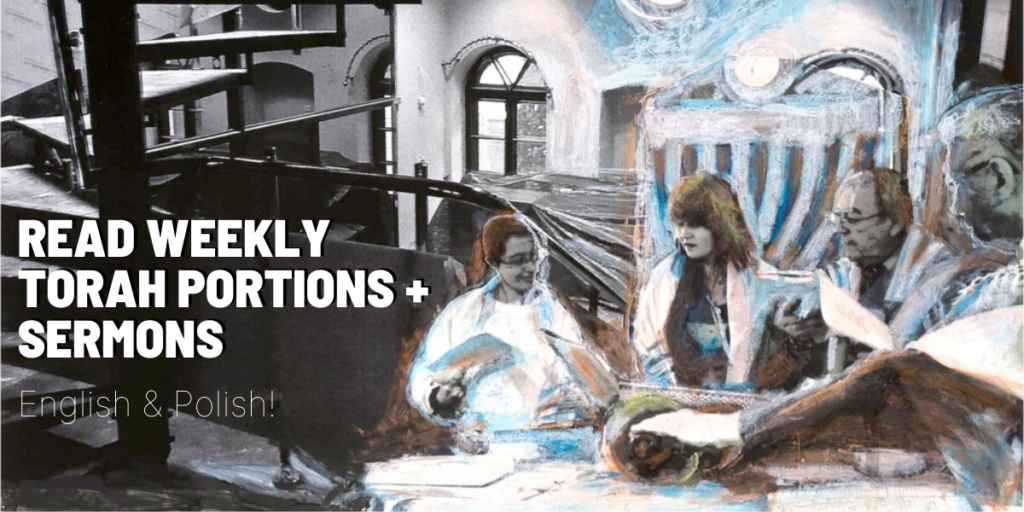2024 / Warsaw, Poland
Beit Polska Chair Hanna Gawronska-Spiewak and board member Dr. Miroslaw Patalon at the commemoration of the 81st anniversary of the Warsaw Ghetto Uprising. Yellow daffodils symbolize the Uprising.
The Rappaport Monument is located in from of the Polin Museum and some of the pictures are inside the museum. Yellow daffodils symbolize the Uprising




















